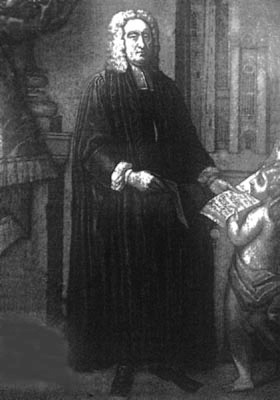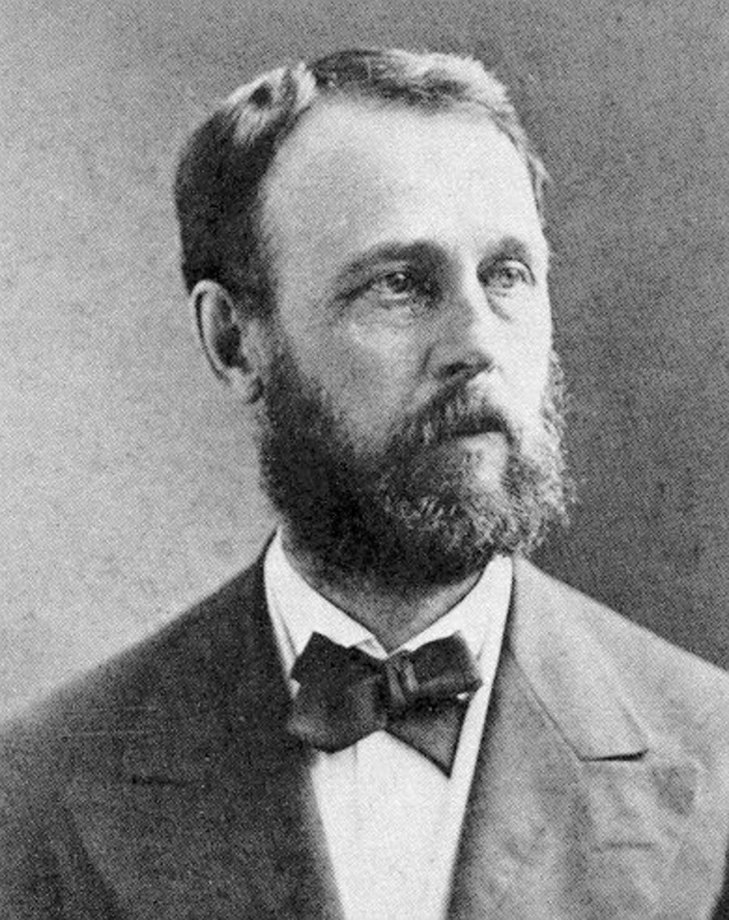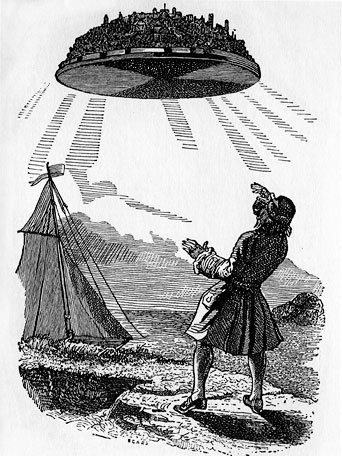|
Swift (Deimian Crater)
Swift is an impact crater on Mars's moon Deimos. It is about in diameter. Swift is named after Jonathan Swift, whose 1726 book ''Gulliver's Travels'' predicted the existence of two moons of Mars. Swift is one of two named features on Deimos, the other being Voltaire. On 10 July 2006, Mars Global Surveyor took an image of Deimos from away showing Swift. See also * Voltaire (crater) * Moons of Mars * Phobos (moon) * Deimos (moon) Deimos (; astronomical naming conventions#Natural satellites, systematic designation: Mars II) is the smaller and outer of the two moons of Mars, natural satellites of Mars, the other being Phobos (moon), Phobos. Deimos has a mean radius of an ... References Deimos (moon) Impact craters on Mars's moons Jonathan Swift {{Mars-crater-stub ... [...More Info...] [...Related Items...] OR: [Wikipedia] [Google] [Baidu] |
Impact Crater
An impact crater is a depression (geology), depression in the surface of a solid astronomical body formed by the hypervelocity impact event, impact of a smaller object. In contrast to volcanic craters, which result from explosion or internal collapse, impact craters typically have raised rims and floors that are lower in elevation than the surrounding terrain. Impact craters are typically circular, though they can be elliptical in shape or even irregular due to events such as landslides. Impact craters range in size from microscopic craters seen on lunar rocks returned by the Apollo Program to simple bowl-shaped depressions and vast, complex, multi-ringed impact basins. Meteor Crater is a well-known example of a small impact crater on Earth. Impact craters are the dominant geographic features on many solid Solar System objects including the Moon, Mercury (planet), Mercury, Callisto (moon), Callisto, Ganymede (moon), Ganymede, and most small moons and asteroids. On other planet ... [...More Info...] [...Related Items...] OR: [Wikipedia] [Google] [Baidu] |
Jonathan Swift
Jonathan Swift (30 November 1667 – 19 October 1745) was an Anglo-Irish writer, essayist, satirist, and Anglican cleric. In 1713, he became the Dean (Christianity), dean of St Patrick's Cathedral, Dublin, and was given the sobriquet "Dean Swift". His trademark deadpan and ironic style of writing, particularly in works such as ''A Modest Proposal'' (1729), has led to such satire being subsequently termed as "Swiftian". He wrote the satirical book ''Gulliver's Travels'' (1726), which became his best-known publication and popularised the fictional island of Lilliput and Blefuscu, Lilliput. Following the remarkable success of his works, Swift came to be regarded by many as the greatest satirist of the Georgian era, and one of the foremost prose satirists in the history of English literature. Swift also authored works such as ''A Tale of a Tub'' (1704) and ''An Argument Against Abolishing Christianity'' (1712). He originally published all of his works under pseudonyms—including L ... [...More Info...] [...Related Items...] OR: [Wikipedia] [Google] [Baidu] |
Impact Crater
An impact crater is a depression (geology), depression in the surface of a solid astronomical body formed by the hypervelocity impact event, impact of a smaller object. In contrast to volcanic craters, which result from explosion or internal collapse, impact craters typically have raised rims and floors that are lower in elevation than the surrounding terrain. Impact craters are typically circular, though they can be elliptical in shape or even irregular due to events such as landslides. Impact craters range in size from microscopic craters seen on lunar rocks returned by the Apollo Program to simple bowl-shaped depressions and vast, complex, multi-ringed impact basins. Meteor Crater is a well-known example of a small impact crater on Earth. Impact craters are the dominant geographic features on many solid Solar System objects including the Moon, Mercury (planet), Mercury, Callisto (moon), Callisto, Ganymede (moon), Ganymede, and most small moons and asteroids. On other planet ... [...More Info...] [...Related Items...] OR: [Wikipedia] [Google] [Baidu] |
Moons Of Mars
The two natural satellite, moons of Mars (planet), Mars are Phobos (moon), Phobos and Deimos (moon), Deimos. They are irregular in shape. Both were discovered by American astronomer Asaph Hall in August 1877 and are named after the Greek mythology, Greek mythological twin characters Phobos (mythology), Phobos (fear and panic) and Deimos (deity), Deimos (terror and dread) who accompanied their father Ares (Mars (mythology), Mars in Roman mythology, hence the name of the planet) into battle. Compared to the Earth's Moon, the moons Phobos and Deimos are very small. Phobos has a diameter of 22.2 km (13.8 mi) and a mass of 1.08 kg, while Deimos measures 12.6 km (7.8 mi) across, with a mass of 1.5 kg. Phobos orbits closer to Mars, with a semi-major axis of and an orbital period of 7.66 hours; while Deimos orbits farther with a semi-major axis of and an orbital period of 30.35 hours. Two major hypotheses have emerged as to the origin of the moons: The first sugges ... [...More Info...] [...Related Items...] OR: [Wikipedia] [Google] [Baidu] |
Deimos (moon)
Deimos (; astronomical naming conventions#Natural satellites, systematic designation: Mars II) is the smaller and outer of the two moons of Mars, natural satellites of Mars, the other being Phobos (moon), Phobos. Deimos has a mean radius of and takes 30.3 hours to orbit Mars. Deimos is from Mars, much farther than Mars's other moon, Phobos. It is named after Deimos (deity), Deimos, the Greek mythology, Ancient Greek god and personification of dread and terror. Discovery and etymology Deimos was discovered by Asaph Hall at the United States Naval Observatory in Washington, D.C., on 12 August 1877, at about 07:48 Coordinated Universal Time, UTC. Hall, who also discovered Phobos (moon), Phobos shortly afterwards, had been specifically searching for Martian moons at the time. The moon is named after Deimos (deity), Deimos, a figure representing fear, dread in Greek mythology. The name was suggested by academic Henry George Madan, Henry Madan, who drew from Book XV of the ... [...More Info...] [...Related Items...] OR: [Wikipedia] [Google] [Baidu] |
Gulliver's Travels
''Gulliver's Travels'', originally titled ''Travels into Several Remote Nations of the World. In Four Parts. By Lemuel Gulliver, First a Surgeon, and then a Captain of Several Ships'', is a 1726 prose satire by the Anglo-Irish writer and clergyman Jonathan Swift, satirising human nature and the imaginary "Imaginary voyage, travellers' tales" literary subgenre. It is Swift's best-known full-length work, one of the most famous classics of English literature, and popularised the fictional island of Lilliput and Blefuscu, Lilliput. The English poet and dramatist John Gay remarked, "It is universally read, from the cabinet council to the nursery." The book has been adapted for over a dozen films, movies, plays, and theatrical performances over the centuries. The book was an immediate success, and Swift claimed that he wrote ''Gulliver's Travels'' "to vex the world rather than divert it". Plot Part I: A Voyage to Lilliput The travel begins with a short preamble in which Lemuel Gu ... [...More Info...] [...Related Items...] OR: [Wikipedia] [Google] [Baidu] |
Moons Of Mars
The two natural satellite, moons of Mars (planet), Mars are Phobos (moon), Phobos and Deimos (moon), Deimos. They are irregular in shape. Both were discovered by American astronomer Asaph Hall in August 1877 and are named after the Greek mythology, Greek mythological twin characters Phobos (mythology), Phobos (fear and panic) and Deimos (deity), Deimos (terror and dread) who accompanied their father Ares (Mars (mythology), Mars in Roman mythology, hence the name of the planet) into battle. Compared to the Earth's Moon, the moons Phobos and Deimos are very small. Phobos has a diameter of 22.2 km (13.8 mi) and a mass of 1.08 kg, while Deimos measures 12.6 km (7.8 mi) across, with a mass of 1.5 kg. Phobos orbits closer to Mars, with a semi-major axis of and an orbital period of 7.66 hours; while Deimos orbits farther with a semi-major axis of and an orbital period of 30.35 hours. Two major hypotheses have emerged as to the origin of the moons: The first sugges ... [...More Info...] [...Related Items...] OR: [Wikipedia] [Google] [Baidu] |
Voltaire (crater)
Voltaire is an impact crater on Mars's moon Deimos and is approximately across. Voltaire crater is named after François-Marie Arouet, a French Enlightenment writer who was better known by the pen name Voltaire, who in his 1752 short story " Micromégas" predicted that Mars had two moons. Voltaire crater is one of two named features on Deimos, the other being Swift crater. On 10 July 2006, Mars Global Surveyor took an image of Deimos from away showing Voltaire crater and Swift crater. Impact According to a 2016 study by Nayak et al, the impact that created Voltaire was sufficient to cause large amounts of ejecta that remained in Mars orbit for several hundred years, before a substantial amount of it collided back with Deimos. These impacts were theorised by this study to have been potentially extensive enough to resurface large areas of Deimos, which complicates efforts to accurately date the moon's surface. See also * Swift (Deimian crater) * Moons of Mars * Phobos (moon ... [...More Info...] [...Related Items...] OR: [Wikipedia] [Google] [Baidu] |
Mars Global Surveyor
''Mars Global Surveyor'' (MGS) was an American Robotic spacecraft, robotic space probe developed by NASA's Jet Propulsion Laboratory. It launched November 1996 and collected data from 1997 to 2006. MGS was a global mapping mission that examined the entire planet, from the ionosphere down through the atmosphere to the surface. As part of the larger Mars Exploration Program, ''Mars Global Surveyor'' performed atmospheric monitoring for sister orbiters during aerobraking, and helped Mars rovers and lander missions by identifying potential landing sites and relaying surface telemetry. It completed its primary mission in January 2001 and was in its third extended mission phase when, on 2 November 2006, the spacecraft failed to respond to messages and commands. A faint signal was detected three days later which indicated that it had gone into Safe mode (spacecraft), safe mode. Attempts to recontact the spacecraft and resolve the problem failed, and NASA officially ended the mission in ... [...More Info...] [...Related Items...] OR: [Wikipedia] [Google] [Baidu] |
Phobos (moon)
Phobos (; astronomical naming conventions, systematic designation: ) is the innermost and larger of the two moons of Mars, natural satellites of Mars, the other being Deimos (moon), Deimos. The two moons were discovered in 1877 by American astronomer Asaph Hall. Phobos is named after Phobos (mythology), the Greek god of fear and panic, who is the son of Ares (Mars) and twin brother of Deimos (deity), Deimos. Phobos is a small, irregularly shaped object with a mean radius of . It orbits from the Martian surface, closer to its Primary (astronomy), primary body than any other known natural satellite to a planet. It orbits Mars much faster than Mars rotates and completes an orbit in just 7 hours and 39 minutes. As a result, from the surface of Mars it appears to rise in the west, move across the sky in 4 hours and 15 minutes or less, and set in the east, twice each Mars sol, Martian day. Phobos is one of the least reflective bodies in the Solar System, with an albedo of 0.071. Su ... [...More Info...] [...Related Items...] OR: [Wikipedia] [Google] [Baidu] |
Impact Craters On Mars's Moons
Impact may refer to: * Impact (mechanics), a large force or mechanical shock over a short period of time * Impact, Texas, a town in Taylor County, Texas, US Science and technology * Impact crater, a meteor crater caused by an impact event * Impact event, the collision of a meteoroid, asteroid or comet with Earth * Impact factor, a measure of the citations to a science or social science journal * Impact wrench, a socket wrench power tool capable of high torque Books and magazines * ''Impact'' (novel), a 2010 novel by Douglas Preston *'' Impact Press'', a former Orlando, Florida-based magazine * Impact Magazines, a former UK magazine publisher * ''Impact'' (conservative magazine), a British political magazine * ''Impact'' (British magazine), a British action film magazine * ''Impact'', a French action film magazine spun off from ''Mad Movies'' * ''Impact'' (UNESCO magazine), a former UNESCO quarterly titled ''IMPACT of science on society'' * ''Impact'' (student magazine), a ... [...More Info...] [...Related Items...] OR: [Wikipedia] [Google] [Baidu] |








